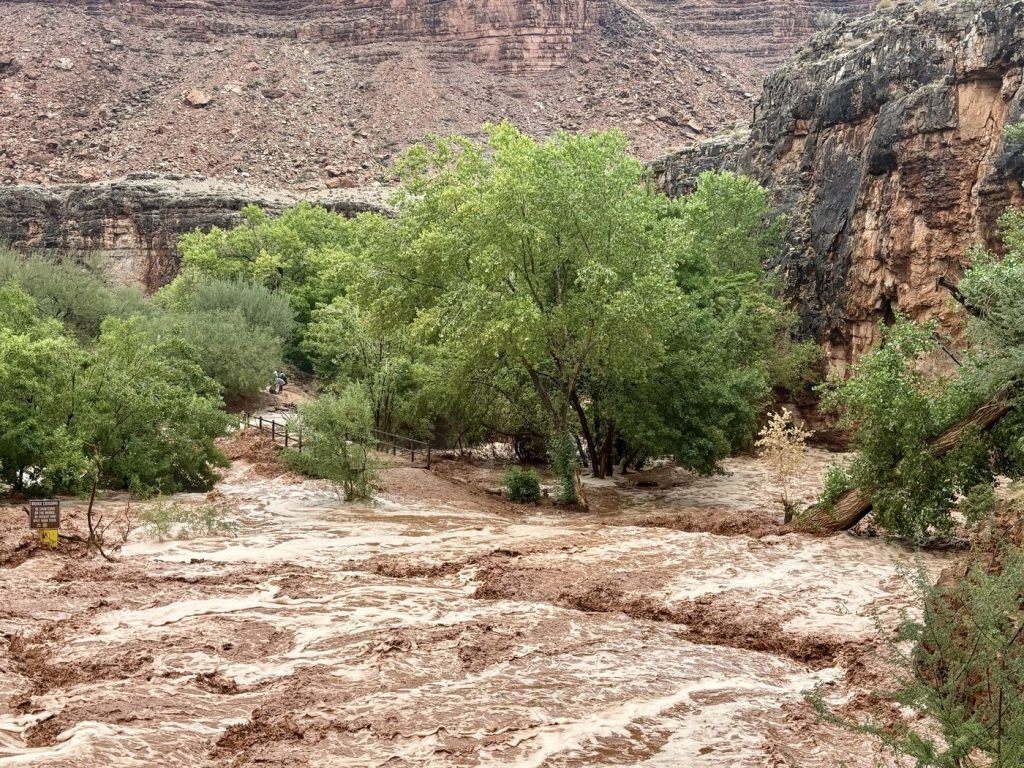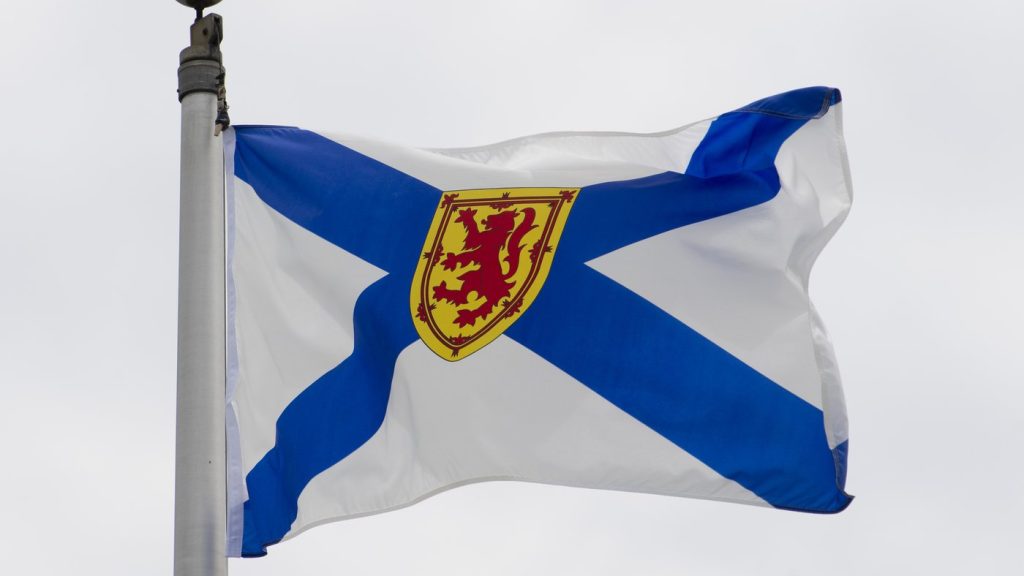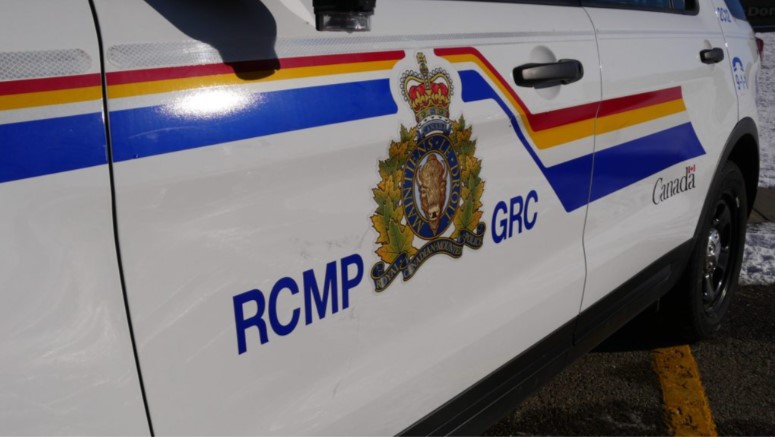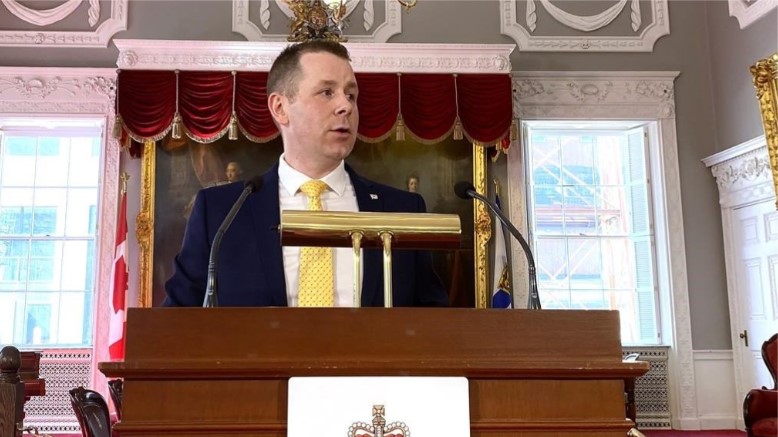A search ended in heartbreak after a flash flood sent hikers scrambling

Posted Sep 3, 2024 01:54:54 PM.
Last Updated Sep 3, 2024 03:01:32 PM.
SANTA FE, N.M. (AP) — A flash flood that transformed a series of idyllic, azure waterfalls into a monstrous brown froth was ferocious but not unusual for the summer rainy season on the Havasupai reservation, one of the most remote reaches of the continental U.S. that attracts visitors worldwide.
But this time the rush of water that sent hundreds of hikers scrambling for high ground — some within nooks and caves in the canyon walls — turned deadly.
A woman was swept away toward the Colorado River within the Grand Canyon, touching off a dayslong search and rescue effort involving the National Park Service in a unique environment beyond the reach of cellphones, within desert canyons accessible only by foot, mule or helicopters.
Three days later and 19 miles (30 kilometers) downstream, a recreational river-rafting group would resolve the search. Afterward, survivors and rescuers clung to stories of shared grief, gratitude and respect for waters that turned unexpectedly violent.
First rain, then chaos
The day of the flash flood began before dawn for hikers descending into a verdant canyon on an 8-mile (13-kilometer) trek along switchback trails to a village in the heart of the Havasupai reservation.
From there, tourists walk toward their bucket-list destinations — a series of majestic waterfalls and a creek-side campground. The canyon’s normally blue-green waters draw tourists from around the world.
Physical therapist Hanna St. Denis, 33, traveled from Los Angeles to see the natural wonders on her first-ever overnight backpacking trip, with a friend, hitting the trail before dawn last Thursday and reaching the last of three iconic waterfalls by midday.
Steady rain arrived. Below Beaver Falls, a swimmer noticed a quickening current. Water began to sprout from the canyon walls, dislodging rocks as the creek turned a chocolate color and swelled.
“It was sort of slowly getting brown on the edges and getting wider, and then we were out of there,” St. Denis said. She and other hikers climbed a ladder to higher ground with no way down as the water rose. “We were watching huge trees being ripped out with the roots, out of the ground.”
She had no way to call for help or even see around the canyon’s next corner.
At a nearby campground, 55-year-old Michael Langer of Fountain Hills, Arizona, noticed water cascading into the canyon from other locations.
“Ten seconds after that, a tribal member came running through the campsites screaming, ‘Flash flood, emergency evacuation, run to high ground,’” Langer recounted.
Nearby, a thundering Mooney Falls swelled to monstrous proportions, as drenched hikers scampered to an elevated shelf and wedged themselves into crannies.
Distress signals
By 1:30 p.m. officials at Grand Canyon National Park adjacent to the Havasupai land began receiving distress calls from satellite-connected devices that can transmit SOS alerts, text messages and voice calls where cellphones won’t reach.
“The narrowness of that canyon, it’s very difficult to get communications out; there wasn’t any clear understanding of the extent of human life lost or injury initially,” said Joelle Baird, a park spokesperson.
The park grappled with overstated reports of mass casualties but confirmed an alarming event. Two hikers — a husband and wife — had been swept away by the flash flood as they hiked near the point where Havasu Creek empties into the Colorado River.
By 4 p.m., a break in the weather allowed the park to send a helicopter and organize a hasty ground patrol in the area, Baird said.
Andrew Nickerson, the husband, was picked up that night by a group rafting the 280-mile (450-kilometer) stretch of the river that runs through the Grand Canyon.
“I was seconds from death when a random stranger jumped from his river raft and risked his life without hesitation to rescue me from the raging waters,” Nickerson wrote later on social media.
His wife, 33-year-old Chenoa Nickerson, was swept into the river’s main channel and unaccounted for. A search bulletin went out Friday for a missing brunette, tall with blue eyes. Like most hikers at Havasupai, she wasn’t wearing a life jacket.
Flash-flood season
Arizona State Climatologist Erinanne Saffell said the flash flooding through the canyon was heavy but not atypical, even without consideration for human-caused global warming that has resulted in greater weather extremes.
“It’s part of our monsoon season and that rain comes down and doesn’t have anywhere to go, and so it can channel off and cause a lot of harm for folks that are in the way,” she said.
Abbie Fink, a spokesperson for the Havasupai Tribe, said some tourists carry satellite communications equipment but that “on-the-ground rangers — the tribal members who work there — are going to be the best source of what’s happening” in a flash flood situation.
Realtor Shayla Brown and fiancé John Riggins traveled from Watford City, North Dakota, to see the waterfalls on Riggins’ 40th birthday. As floodwaters rose, they retreated to a cave in the canyon wall.
“There was no way to navigate the canyon because the whole thing was sort of a raging river,” said Riggins, an oilfield worker.
“We had to start a fire, and we didn’t know it was an SOS signal,” but it was, Brown said.
A rescue helicopter appeared. Brown says she closed her eyes as they stepped onto a wooden pallet and cargo netting that dangled below the chopper.
“You hug the cargo net as it flew us through the Grand Canyon. It was insane,” she said.
Other hikers gradually forged their way back to Supai, spending the night on floors in a school building and a church. The trail out of the canyon was impassable, for people or pack animals.
A private helicopter service struggled to keep pace with evacuations. Arizona Gov. Katie Hobbs deployed the Arizona National Guard to assist by scrambling a Blackhawk helicopter from Phoenix to the Grand Canyon.
The chopper arrived at Supai on Friday evening to cheers from stranded tourists, said Arizona National Guard spokesperson Erin Hannigan. Ten helicopter trips ferried 104 evacuees to the canyon rim by Saturday afternoon.
The search for Chenoa Nickerson
In the depths of the Grand Canyon, the National Park Service was grappling with a daunting search for Chenoa Nickerson along the flood-swollen Colorado River.
Alerts went out via satellite to rafting groups to be on the lookout. The agency airlifted in a Zodiac speed boat to the river –- only to learn the craft was ill-suited for navigating through flood debris.
A new plan emerged Sunday morning to bolster the search — a specially rigged rescue boat would float downstream about 150 miles (240 kilometers) from Lee’s Ferry where rafting trips launch — a dayslong journey.
But before that could happen, word arrived. A group of river rafters spotted Nickerson’s lifeless body floating in the water.
On any given day, more than three dozen rafting trips are on the river, making them vital in search-and-rescue operations.
Rafters knew to be on the lookout because they had called the company that runs the trips Saturday amid a lightning storm and were told a woman was missing.
Rafters made another call, this time to the National Park Service, and stayed with the body until a helicopter arrived to ferry it out of the canyon. That night, they paused to reflect, said John Dillon, executive director of the Grand Canyon River Outfitters Association.
“We’re just glad to be a part of at least recovering her, for the family,” Dillon said.
Gratitude
Andrew Nickerson declined to discuss the flash flood but has praised the park service and other search teams for their tireless work in locating his wife. He credits a higher power for his own survival.
“My 2 daughters needed their daddy and God made sure I was able to come home to them,” he wrote on social media.
Other hikers also counted their blessings.
“I feel fortunate to hike and see the whole thing, to see it in its beauty before it turned to chaos,” said St. Denis, noting she is the same age as the victim, 33. She found her camping tent wrapped around a tree and dug out her car keys beneath 3 feet (1 meter) of mud. “Most of the campground isn’t really recognizable, there isn’t any clear path anymore, any trail.”
Brown and Riggins said the flooding washed away their backpacks with credit cards, identification and an engagement ring ahead of their February wedding date.
Getting home was an odyssey, Brown said. The helicopter dropped them off at a private ranch in Utah, where they borrowed a car from a stranger, boarded a small plane in a rural airfield, then hailed an Uber ride to catch their original flight to Las Vegas.
“I truly believe that there were angels on Earth that day,” Brown said from the Las Vegas airport. “They were placed in our lives at that moment, at the right time to get us where we needed to be.”
The Havasupai Tribe announced Thursday that tourists reservations will be suspended until Oct. 1 as it takes stock of muddied campgrounds, washed-out bridges and water-damaged homes. The village is home to a few hundred people, tribal offices, a remote U.S. Post Office, cafe, trading post and unpaved helicopter landing site.
The tribe is applying for disaster aid with federal and state authorities and has requested donations to its members, including drinking water, feed for horses and pets, along with shovels, chainsaws and pickaxes — supplies that will need to be airlifted into the canyon.
___
Peterson reported from Denver. Associated Press writer Felicia Fonseca in Flagstaff, Arizona, contributed.
Morgan Lee And Brittany Peterson, The Associated Press








